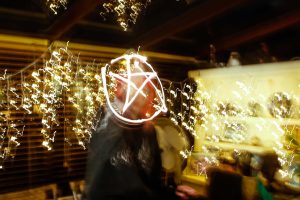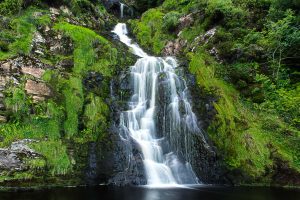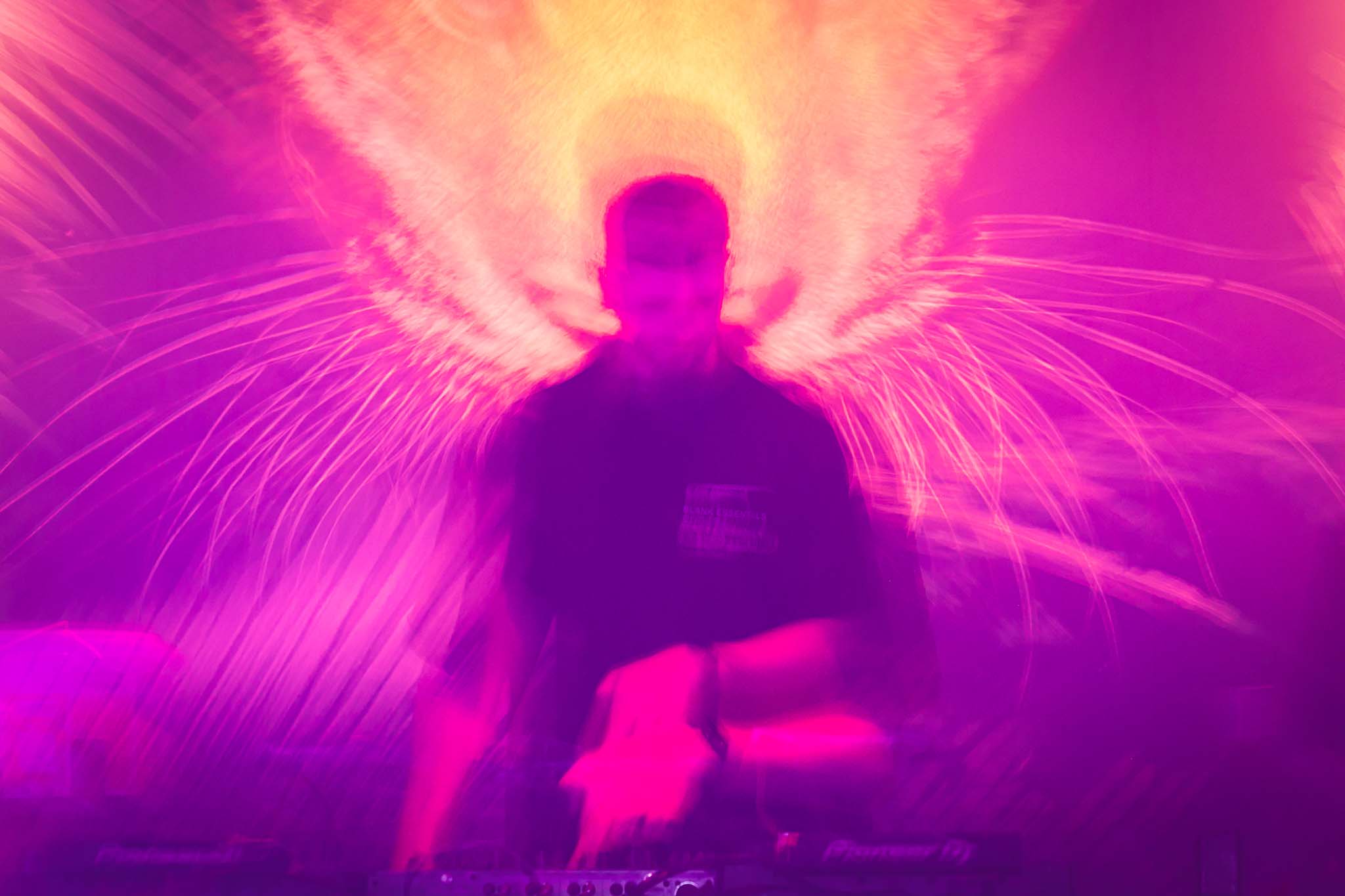Imagine you could capture a photo beside your own ghost. Nope, this isn’t a spiritual exercise nor even clever photo editing, but instead this is bending light through creative technique.
Cameras, much like our eyes, need light to make the world around us visible.
Yet behind a shutter we can dictate how much light can be taken into a single photograph.

The camera needs time to take it all in, however movement whilst this happens results in what we call motion blur.
When portrait photography was
first popularised in the late 1800s and early 1900s, this was an absolute nightmare.
To get all of the light to etch an image to the film, subjects would have to sit perfectly still for long periods of time.
This is why in old portraits from the late 19th century people seldomly smiled, given it is difficult to strain your face for that long!
Although as photography developed, some photographers thought outside of the box to use this negative to make a positive.
Some went the practical route, using long exposure to capture stunning low-light landscapes and portraits. Others, used this method to experiment with life’s wonder of capturing light.
But first, the science.
Cameras work by an ‘exposure triangle’, which dictates the balance needed to capture the perfect amount of light.
An imbalance of this triangle results in a photo being overexposed (too bright) or underexposed (too dark).

One of the components of this triangle is shutter speed, which is how long the shutter blocking the sensor stays open to allow light in.
So in essence, the longer it is open, the more light gets in.
Usually, photographers will keep their shutter speed above 1/60th of a second as to prevent motion blur.
But for this experimental and practical element we’re going to be taking it way down.
Lets say we set it for 10 seconds, but within that time the person I’m taking a photo of takes a step to the left or right.
Because the camera is capturing all of that light, it takes in the second position whilst already having captured the first, resulting in what looks like two of the same person standing beside themselves.
Furthering this concept, an experiment I enjoyed doing was doing the same long shutter speed but also zooming out a lens whilst the shutter is up.
This technique allows for a close up photo to be layer on top of a wider photo, creating quite the eerie effect.
Although outside of this experimentation, the slow shutter technique is widely used in landscapes and the capturing of fireworks.
One such use I enjoy seeing is in natural rocky waterfalls.
At a normal speed, the photo can’t capture the beauty of the water as it rapidly makes it’s way downstream. However when the shutter speed is slowed, the flow of the water is smoothened out into a clear distinct photo.
Similarly with a firework, behind the human eye we see it go it, and boom.
But the slow shutter speed captures the whole movement; it shoots up, explodes and falls to a bloom, just like a magnesium bouquet of flowers.
Much as it is involved with time, the practice of shooting slower that the eyes see takes a good bit of practice and a determined patience to get the best results.







